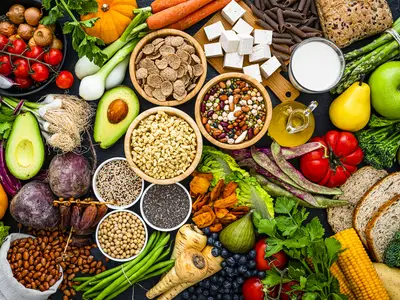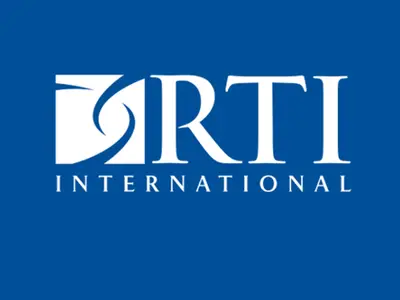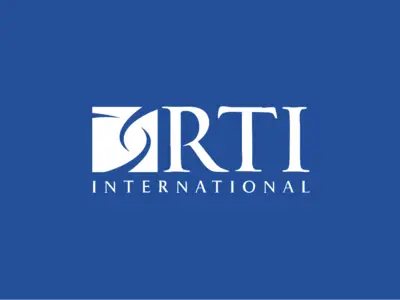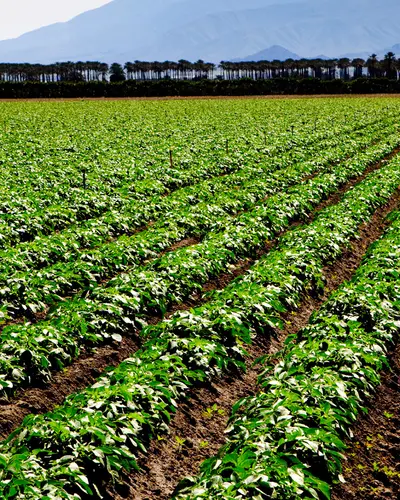Improving measurement of food loss and waste and assessing interventions to reduce its effects
Food loss and waste has been identified as a critical issue to address because of the challenges it poses for the food system such as its effects on the environment and food security. We work with government agencies and other clients to calculate measures of food loss and waste at various stages of the food supply chain, assess the effects of food loss and waste on the environment, and analyze potential interventions to reduce food loss and waste. We focus on measurement of food loss and waste using national level datasets on food purchases and consumption. We assess the environmental impacts of food loss and waste and the potential environmental improvements associated with reductions in food loss and waste. We also conduct analyses of the costs and benefits of food loss and waste interventions to aid in prioritization of efforts.
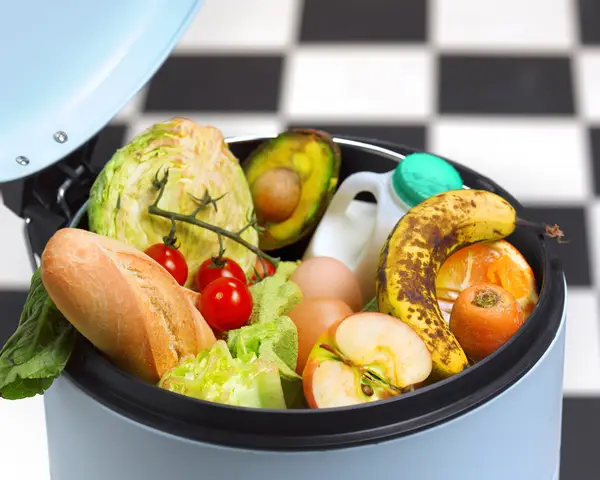
Expert Panel on Technical Questions and Data Gaps for the ERS Loss-Adjusted Food Availability (LAFA) Data Series
The USDA’s Loss-Adjusted Food Availability (LAFA) data series is derived from ERS’s Food Availability (FA) data by adjusting for food spoilage, plate waste, and other losses to more closely approximate actual intake. ERS refers to the LAFA data series as preliminary and recognizes the need to systematically update and improve the loss assumptions underlying the LAFA per capita availability estimates. The goal of this project was to develop recommendations to improve the integrity, transparency, and validity of the LAFA data series and build on lessons learned from prior efforts. The overall objective was to research and recommend workable, concrete solutions to technical questions underlying the data and to close data gaps. RTI and a team of four academic experts reviewed background materials, examined current data, searched for and analyzed alternative data sources, and developed recommendations for the set of technical questions and data gaps provided by ERS. The project team prioritized the recommendations based on their assessment of ease of implementation and the effect on improving the LAFA data series.

Estimating Retail-Level Loss Factors for the LAFA Data Series
To help address the national and global challenge of food loss and waste, RTI experts partnered with the USDA Economic Research Service to conduct a study on the feasibility of a nationally representative survey to measure retail food waste. Through interviews and discussions with representatives from food retailers and industry trade associations, we aimed to understand more about how food waste is tracked, ideas for recruiting participants to a national study, willingness to participate, and ways to encourage participation. Interview results and a final recommendation on the feasibility of a national study were reported in January 2025.

Updated Estimates of Consumer Food Loss Factors for Assessing Progress in Reducing Food Loss and Waste
To measure progress on reducing food loss and waste in the United States, the U.S. Department of Agriculture (USDA) needs updated estimates of consumer-level food loss for the periods before and after the announcement of USDA’s food 2030 loss and waste reduction goal in 2015. The overall objective of this study is to calculate updated consumer-level loss factors (percentages) for the edible share of commodities in USDA’s Loss-Adjusted Food Availability (LAFA) Data Series to assess progress in reducing food loss and waste over time. RTI is calculating consumer-level food loss estimates using IRI Consumer Network household-based scanner data, IRI InfoScan store-based scanner data, and National Health and Examination Survey (NHANES) dietary recall data for two time periods: the year immediately before the announcement of USDA’s food loss and waste 2030 goal (pre-announcement) and the most recent year for which data will be available (post-announcement). Collaborators at Penn State University are validating the estimates using a household production inefficiency approach.
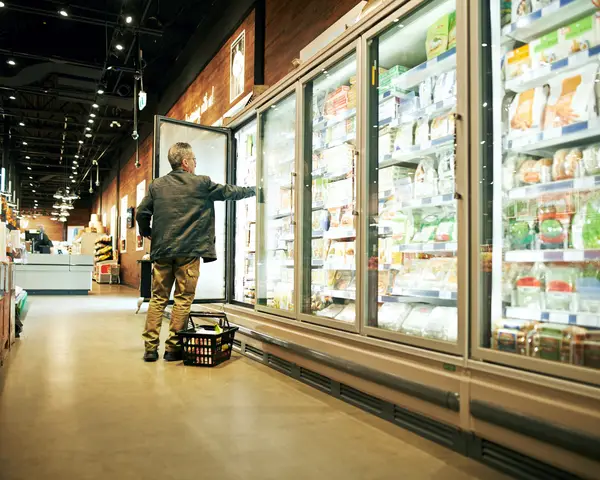
Retail-Level Loss Factors for Loss-Adjusted Food Availability (LAFA) Series
USDA’s Loss-Adjusted Food Availability (LAFA) data series requires updated estimates of the amount of food loss at the retail level to improve the data series. RTI is designing a study to develop national-level estimates of retail level food loss using data on shipments and sales. As a first step, we are conducting semi-structured interviews with a sample of retailers to inform the design of the data collection. Based on our learnings, we will develop a plan for data collection that will provide ERS with updated, nationally representative, and fully documented estimates of retail food loss.
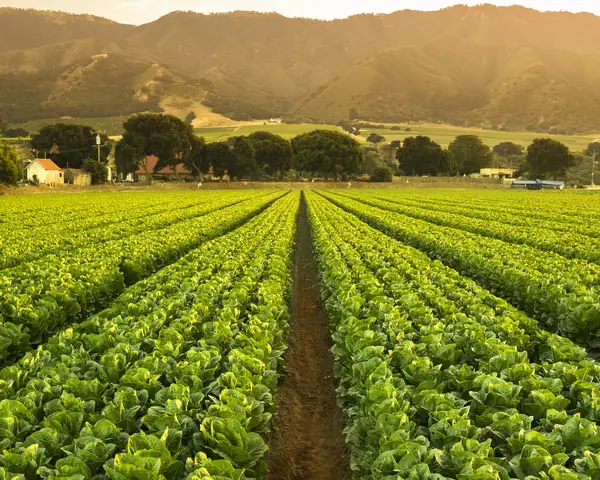
Modeling the Effects of Food Loss and Waste Interventions
A collaborative research team led by Dr. Mary Muth at RTI and including colleagues from the University of Virginia, University of Georgia, University of Texas, Austin, Duke University, Microsoft, LeanPath, and SESYNC, conducted research to characterize the food system, identify sources and types of food waste at different stages of production, identify types of environmental and ecological impacts of food waste, identify relevant models and data sources, and compile information on public and private food waste reduction initiatives. The research team developed a synthesis paper to provide a framework for assessing the full environmental and economic impacts of food waste and loss in the United States. We then developed a modeling framework based on the EPA's Environmentally-Extended Input-Output model that was used to assess the environmental impacts of food waste, assess the improvements in environmental impacts if food waste was reduced by 50%, conduct a cost-effectiveness analysis of food waste interventions, and assess the effects of food waste on biodiversity.
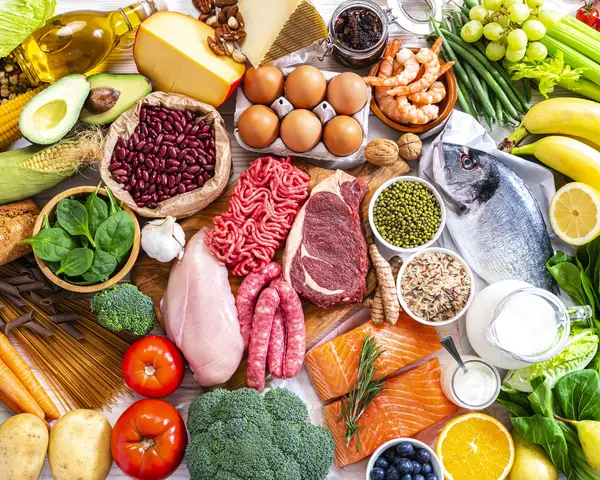
Consumer-Level Food Loss Estimates and Their Use in the ERS Loss-Adjusted Food Availability Data
RTI used an inferential (or numerical) method to estimate consumer-level loss percentages for approximately 200 foods in USDA’s LAFA data series using available data and documented sources. The foods included in the analysis are classified into seven broad categories: meats, poultry, and fish; dairy products; added fats and oils; fruits; vegetables; grains; and added sugars and sweeteners. We used the Nielsen Company's Homescan data to estimate purchases and NHANES data to estimate consumption. We then calculated percentage differences in the amounts to obtain the consumer-level loss percentages. We also supplemented the numerical method with additional data sources and information obtained from a panel of five experts with experience analyzing food consumption practices and data.

Research to Reduce Consumer Food Waste in the United States
Under a grant with the Environmental Protection Agency, RTI is supporting a study being conducted by researchers at the University of North Carolina, Chapel Hill, to develop and test a household food waste intervention among low-income households. RTI is collecting data on the costs of implementing the intervention, estimating the environmental impacts, and calculating cost-effectiveness if scaled to the national level. To estimate the impact of estimated food waste reduction on environmental measures (e.g., greenhouse gas emissions, blue water withdrawal, land use, energy use), we are using an adapted version of EPA’s Environmentally-Extended Input-Output Model and RTI’s Municipal Solid Waste Decision Support Tool. The outputs from this project will include an intervention toolkit for households, estimates of environmental impact and cost-effectiveness, dissemination materials, and scientific publications.




